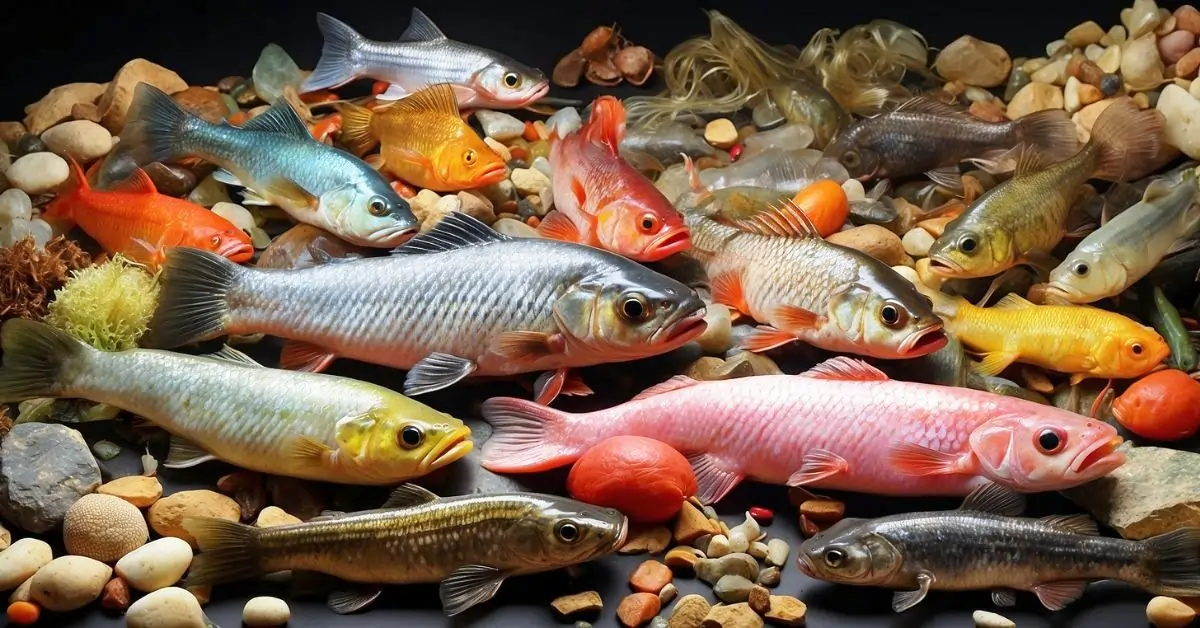What Are The Edible Freshwater Fishes In Germany
We go on an interesting journey through the many aquatic habitats of Germany as we investigate the issue, “What Are The Edible Freshwater Fishes In Germany?” Numerous rivers, lakes, and streams dot the nation, all brimming with fish species that are as much pleasure to catch as they are to eat. Every region, from the serene lakes of the north to the vibrant streams of Bavaria, has its own special fish that have long been a feature of regional cuisine.
This voyage demonstrates Germany’s dedication to sustainable fishing methods while also offering a taste of the nation’s historic fishing legacy. Come along with us as we explore the seas and learn about the tasty and healthful fish that Germany has to offer.
When we investigate the edible freshwater fish in Germany, we’re not just talking about any fish—rather, we’re diving into a realm where ethical fishing methods coexist with culinary customs. This tour aims to educate you on the value of protecting these aquatic riches as much as it does to introduce you to delicious and nutritious options. Come see our selections, which highlight the variety and gastronomic depth of freshwater fish from Germany.
Top 10 Edible Freshwater Fish Picks:
1. Rainbow Trout
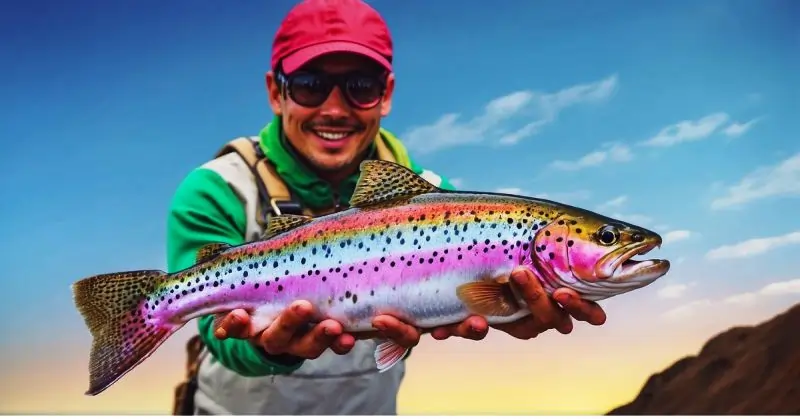
A favorite among foodies, rainbow trout has a mellow, delicate flavor that suits a wide range of palates. Cooks with experience and novices alike favor it since it can be used into a wide variety of recipes. Its delicious flavor will always complement any dish, whether it is grilled, baked, or sautéed. Rainbow Trout is valued for its accessibility in many German rivers and streams, even outside of its gastronomic splendor.
Because of this, it’s the perfect catch for anglers of all skill levels, providing a satisfying experience from river to table. Newcomers are introduced to the joys of fishing and cooking with freshly caught food by the simplicity of capturing Rainbow Trout. A staple of German cuisine, rainbow trout honors the nation’s love of flavorful, fresh fish that comes straight from its vast lakes.
2. Common Carp
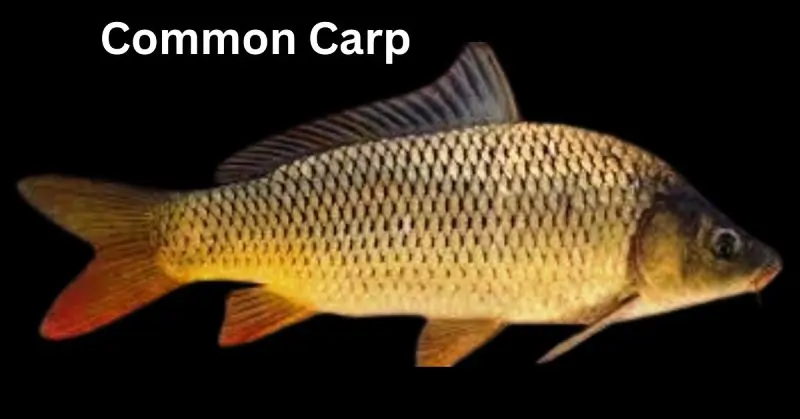
Known for its tasty, flaky flesh and astonishing size, common carp has a special place in German culinary traditions. With its rich, meaty texture adding depth and heartiness, this fish is a mainstay of many traditional German meals. Beyond its flavor, common carp is a representation of the nation’s rich culinary history. It is frequently served at celebratory dinners and family get-togethers, highlighting the people’s enduring love of healthy, wholesome cuisine.
Chefs and home cooks who want to add a little bit of German heritage to their tables enjoy it for its culinary adaptability, which ranges from baked and grilled to stewed and fried.
The Common Carp’s role in German cuisine goes beyond just flavor; it’s a celebration of cultural history, bringing people together over dishes that have been passed down through generations. Embracing Common Carp in cooking is about more than enjoying its taste; it’s about honoring a legacy of culinary richness and community.
3. Perch
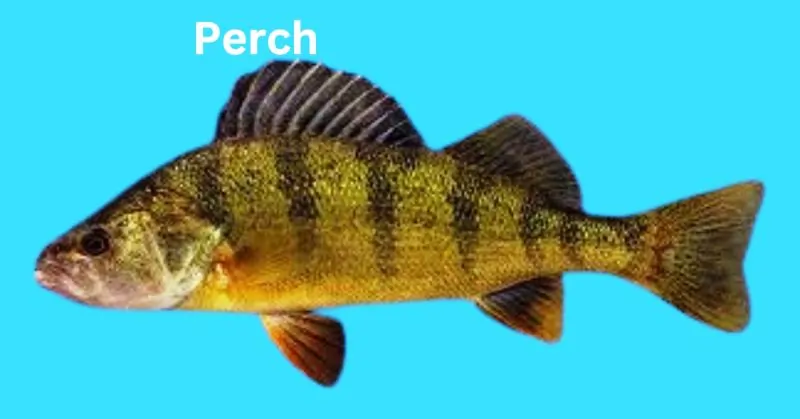
Perch is a treasure among freshwater fishes, especially favored for its subtle yet distinct flavor that appeals to enthusiasts of light, tasteful meals. This fish thrives in the abundant waters of Germany’s lakes and rivers, making it a common yet exciting find for anglers. Its presence signifies not just the ecological diversity of German waterways but also the culinary versatility it offers to kitchens. Perch’s delicate taste makes it a standout ingredient in straightforward cooking methods, where its qualities can truly shine—whether gently pan-fried to golden perfection or baked to retain its moisture and flavor.
Ideal for a variety of dishes that seek to impress without overwhelming the palate, Perch embodies the simplicity and elegance of German cuisine. Its availability and ease of preparation ensure that Perch remains a favored choice for creating meals that are both satisfying and sophisticated, embodying the joy of a well-prepared, flavorful dish.
4. Pike

Because of its strong flavor, pike is highly sought after by foodies who like to try new things in their meals. In addition to being prized for its flavor, this fish is essential to the upkeep of aquatic habitats. A balanced and healthy aquatic ecosystem is ensured by the Pike’s role as a top predator in controlling the populations of other fish. Experienced anglers view catching a Pike as a challenge and a reward, providing a significant opportunity for meaningful interaction with the natural world.
In the kitchen, Pike’s distinct taste adds depth to a variety of dishes, from hearty stews to elegant fillets. Its culinary versatility allows chefs and home cooks to explore a range of flavors and preparations, celebrating Pike’s unique contribution to both the ecosystem and the dining table. Embracing Pike in cooking is to honor the natural cycles of our waterways, bringing a piece of the wild into our homes and onto our plates.
5. Tench
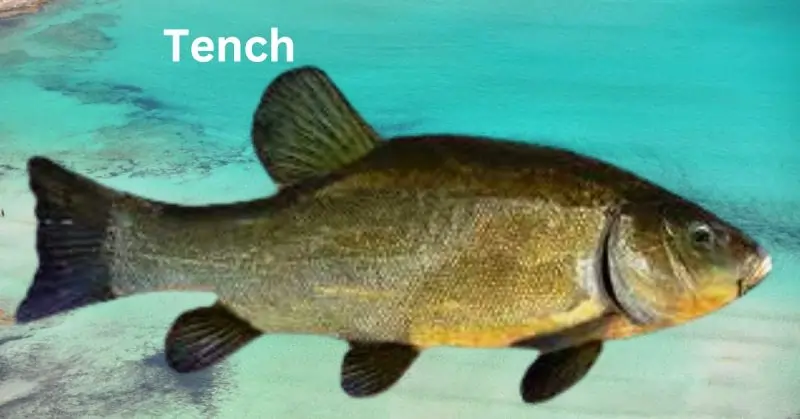
Tench, with its distinctive sweet and nutty flavor, stands out as a delightful ingredient in the realm of culinary arts, particularly suited to enhance the richness of soups and stews. This fish prefers the serene environments of calm waters, flourishing in such settings across Germany. Its unique taste offers a culinary adventure for those keen to dive into the diversity of German freshwater cuisine. The Tench’s presence in dishes is not just about adding substance but also about introducing a subtle complexity of flavors that can elevate a simple meal to something memorable.
Its adaptability in various recipes makes it a cherished catch for both amateur cooks and professional chefs looking to infuse traditional dishes with a touch of elegance and depth. For food enthusiasts exploring the nuanced palette of German aquatic gastronomy, Tench provides an exquisite experience, blending the tranquility of its natural habitat with the warmth of comforting, home-cooked meals.
6. European Zander
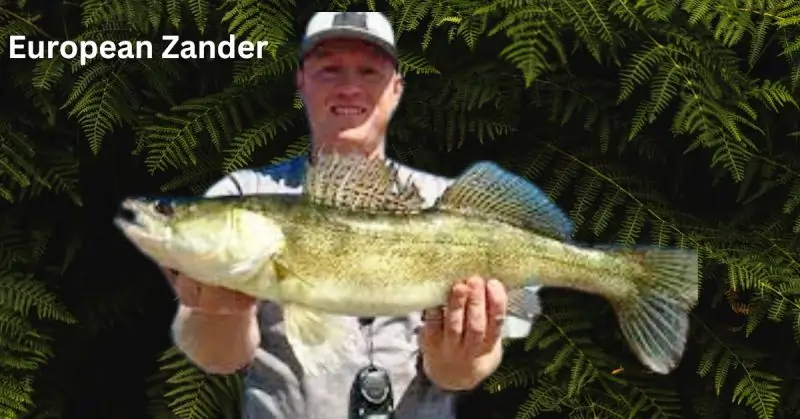
European Zander is celebrated in culinary circles for its firm, white flesh, making it a premium choice for those who appreciate fine dining. Particularly when grilled or smoked, Zander transforms into a culinary delight, offering a taste that’s both refined and deeply satisfying.
The renown of this fish goes beyond the kitchen; conservation initiatives in different areas acknowledge its worth, underscoring its significance as a sought-after catch for fishermen and a highly esteemed ingredient for cooks. Sustainable fishing practices are necessary to ensure the continued availability of Zander, as its ecological significance goes beyond its delicious flavor. More than just a culinary delight, a meal of European Zander is a tribute to the difficult balancing act between appreciating and protecting nature’s bounty. For individuals who appreciate flavor and sustainability, Zander is therefore a representation of culinary brilliance and environmental responsibility.
7. Brown Trout
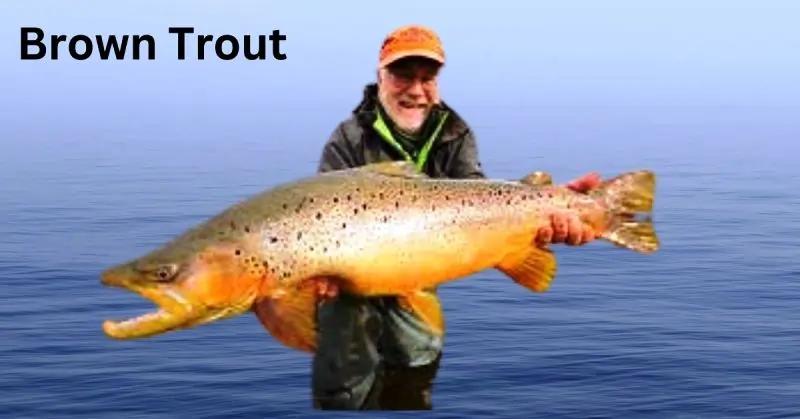
The wild, unique flavor of brown trout distinguishes it from its softer relative, rainbow trout. Particularly among individuals who like seafood with a stronger flavor profile, this fish is in great demand. Germany’s crisp, swifter-moving streams are ideal for brown trout growth, which is enhanced by the water’s clarity and robust flavor. Brown Trout is preferred by both foodies and fishermen because it provides a more complex and nuanced dining experience.
Its existence in Germany’s rivers is evidence of the high standard of the nation’s natural ecosystems and abundant aquatic biodiversity. Whether it’s grilled to perfection or incorporated into more complex dishes, brown trout lends itself to a celebration of flavor. Brown Trout offers a delightful excursion into the wilder side of aquatic gastronomy for people who are interested in learning more about the flavors of German freshwater fish.
8. Nase
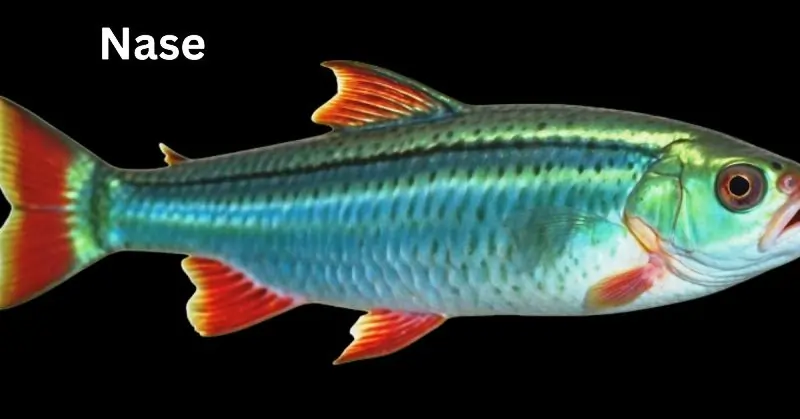
Nase is a lesser-known jewel among freshwater fish, and cooking with its firm, somewhat sweet flesh is a delightful treat. This fish’s versatility allows chefs and home cooks alike to explore with its unique flavor by using it in a range of culinary techniques, such as smoking or baking. Nase is a plant that is found all throughout Germany. It offers a chance to experiment with cooking because the environment it lives in can have a subtle effect on its flavor, giving German food an intriguing regional twist.
Whether smoked to enhance its gentle sweetness or baked to perfection, Nase can elevate a simple meal to an exquisite dining experience. Its somewhat elusive status among more common freshwater fishes adds to the allure, making Nase a sought-after ingredient for those looking to dive deeper into the diversity of Germany’s aquatic offerings. Embracing Nase in cooking is about discovering the rich tapestry of flavors that German waters have to offer, making every dish a journey into uncharted culinary waters.
9. Burbot
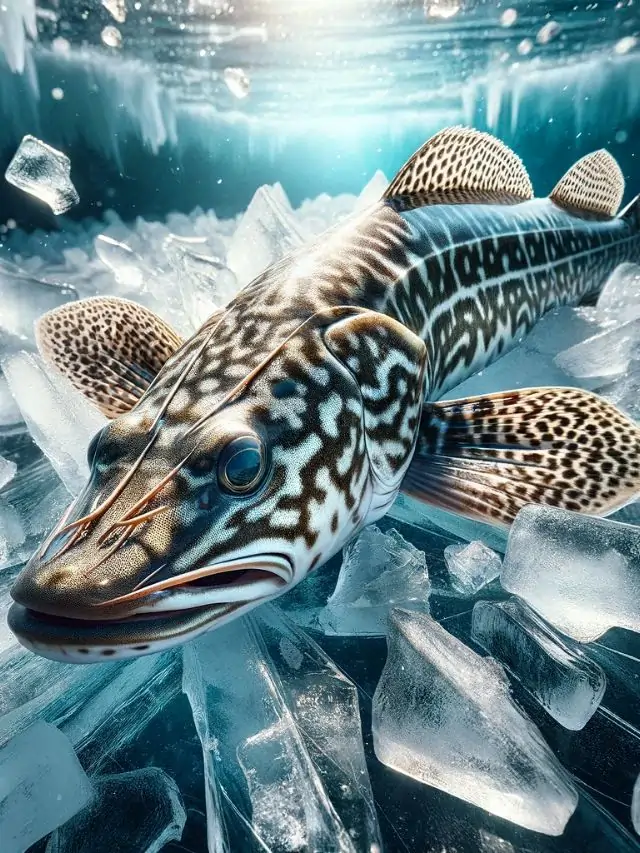
Burbot, often celebrated as the freshwater counterpart to the beloved cod, brings a unique culinary delight to the table with its mild, sweet flavor. This fish thrives in the cooler waters, making it a prime choice for winter dishes that warm the heart and soul, such as rich stews and creamy chowders. Its peak fishing season during the colder months aligns perfectly with a time when comfort food is most craved, allowing Burbot to shine as a key ingredient in hearty recipes.
The gentle taste of Burbot is not only versatile in a range of dishes but also offers a comforting, homely feel, making it a favorite among those who cherish the coziness of winter cooking. Whether simmered slowly in a robust stew or blended into a smooth chowder, Burbot promises a comforting and satisfying meal, elevating the culinary experience of winter dining with its delightful sweetness and texture.
10. Grayling
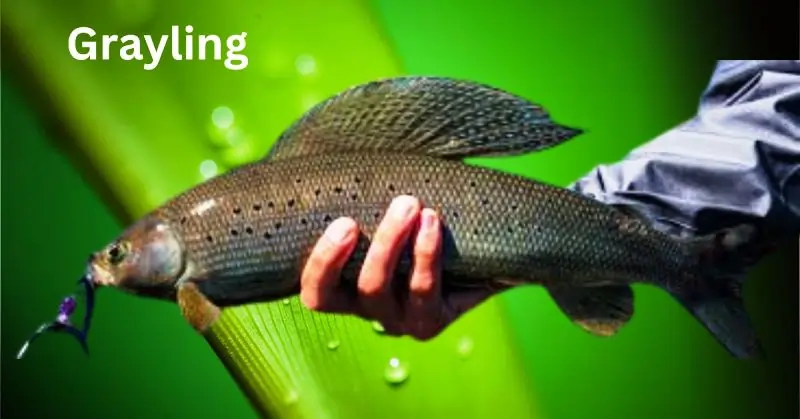
Fine dining enthusiasts really value the delicate yet superb flavor of grayling, a fish that is well-known for both its culinary attributes and its eye-catching beauty. Clauded for its grace and exquisite flavor, this fish presents a special challenge to fishermen, especially those with experience in fly-fishing. A beloved custom that unites anglers with the tranquil beauty of nature’s watercourses, the chase of grayling is more than just a test of fishing prowess.
Beyond the thrill of the catch and the delight of its flavor, Grayling plays an essential role in the ecological health of waterways. Its presence is often indicative of clean, unpolluted waters, making it a natural barometer for environmental quality. Engaging in the sustainable fishing of Grayling thus contributes to the conservation of pristine aquatic habitats, ensuring that these vital ecosystems continue to thrive and support diverse forms of life.
FAQ on What Are The Edible Freshwater Fishes In Germany
Q: What is the most popular freshwater fish to eat in Germany?
A: The Rainbow Trout is among the most popular and widely consumed freshwater fish in Germany.
Q: Can you eat Pike from German rivers?
A: Yes, Pike is a prized catch in Germany, known for its adventurous flavor and is enjoyed in various culinary preparations.
Q: Are there any sustainable fishing options in Germany?
A: Yes, species like the European Zander are fished sustainably, ensuring minimal impact on the environment.
Q: What’s a unique freshwater fish to try in Germany?
A: The Tench, with its sweet, nutty flavor, offers a unique taste experience and is ideal for soups and stews.
Conclusion
Freshwater fish of all kinds can be found in abundance in Germany’s rivers and lakes, each contributing a unique flavor and story to the country’s culinary scene. Numerous fish species that have enhanced German cuisine for many generations can be found in these waters, which range from tranquil brooks to vast lakes. Maintaining a dedication to sustainable fishing methods is essential to allowing us to responsibly enjoy these natural riches while preserving their availability for future generations. Selecting sustainable fishing techniques contributes to maintaining the important ecosystems and the rich biodiversity of Germany’s aquatic surroundings.
Delving into the realm of German freshwater fishing unveils a world brimming with exquisite flavors and entrenched customs ripe for discovery. Regardless of whether you are a seasoned fisher or a culinary enthusiast eager to explore, embarking on this exploration of Germany’s freshwater fare offers a fulfilling journey, marked by the unveiling of tastes that encapsulate the essence of their origins.
You may like to read our amazing post on : Fishing Spots in Germany: Angling Adventures for Every Taste
- Grayling: Esteemed for its beauty as well as its delicate flavor, Grayling challenges anglers with its fly-fishing techniques, playing a vital role in preserving clean waterways.
